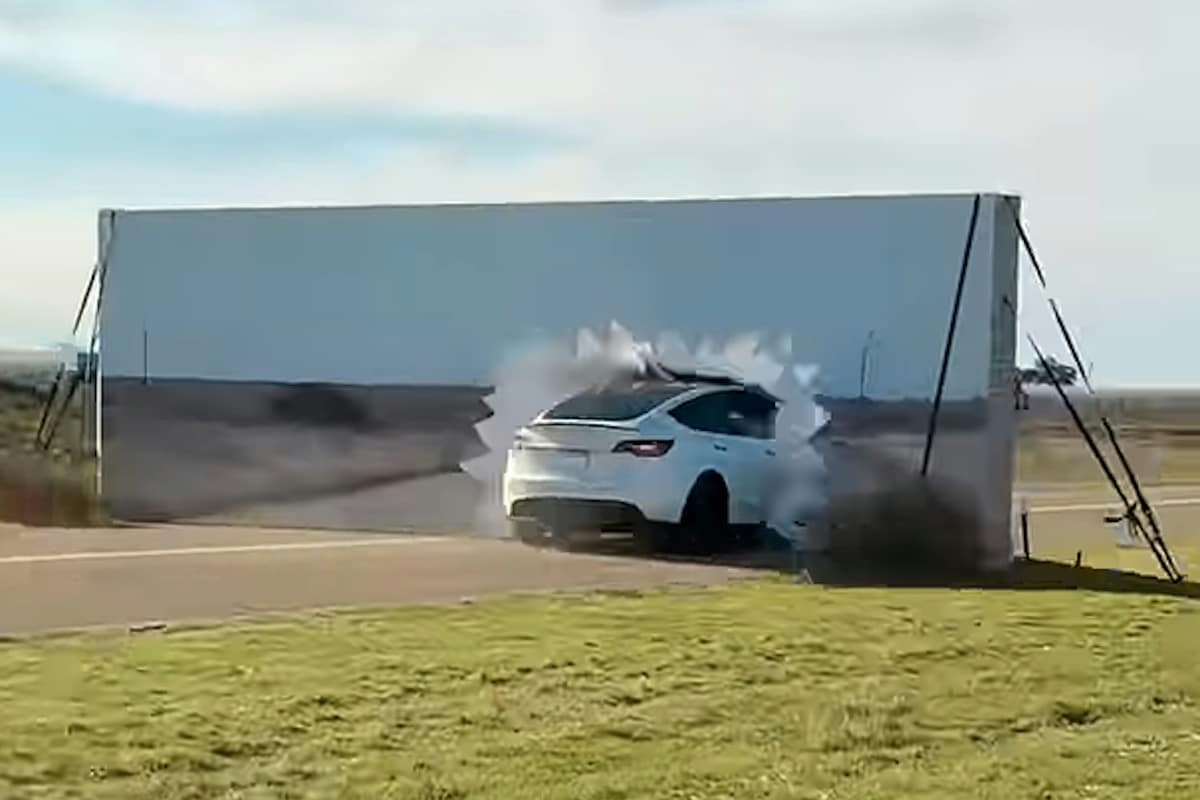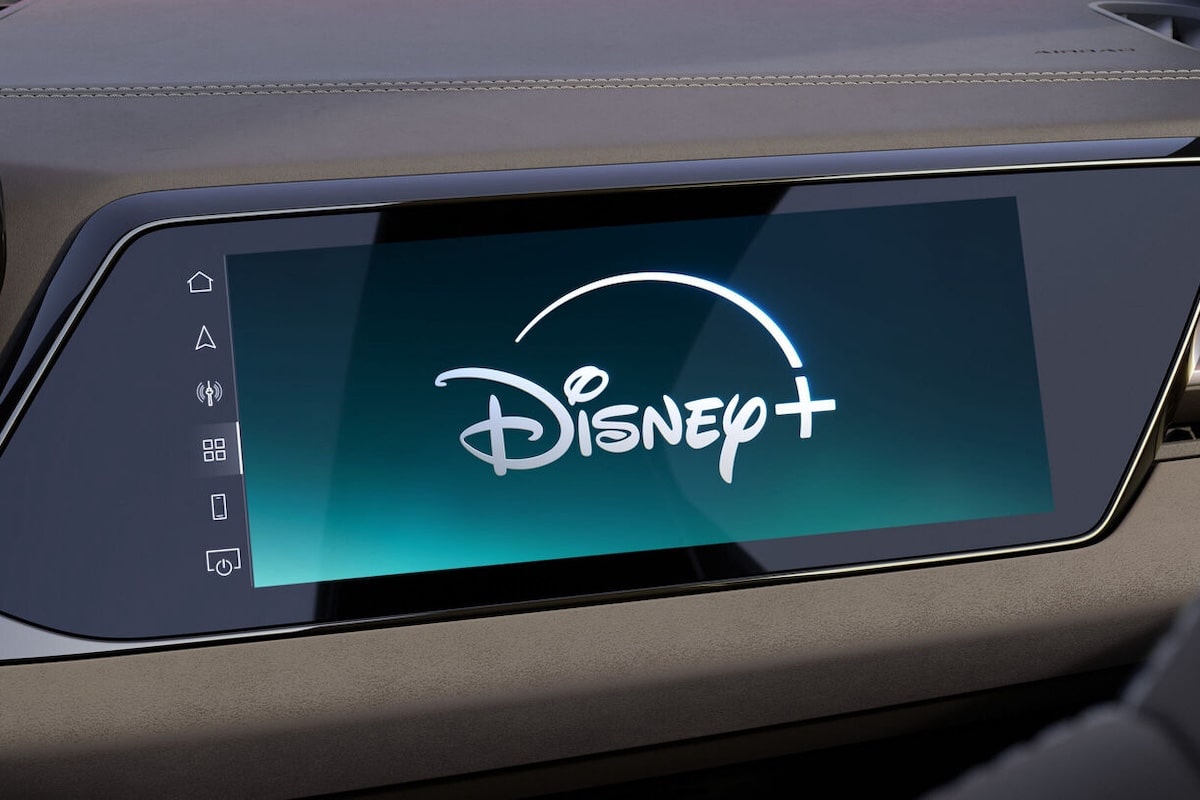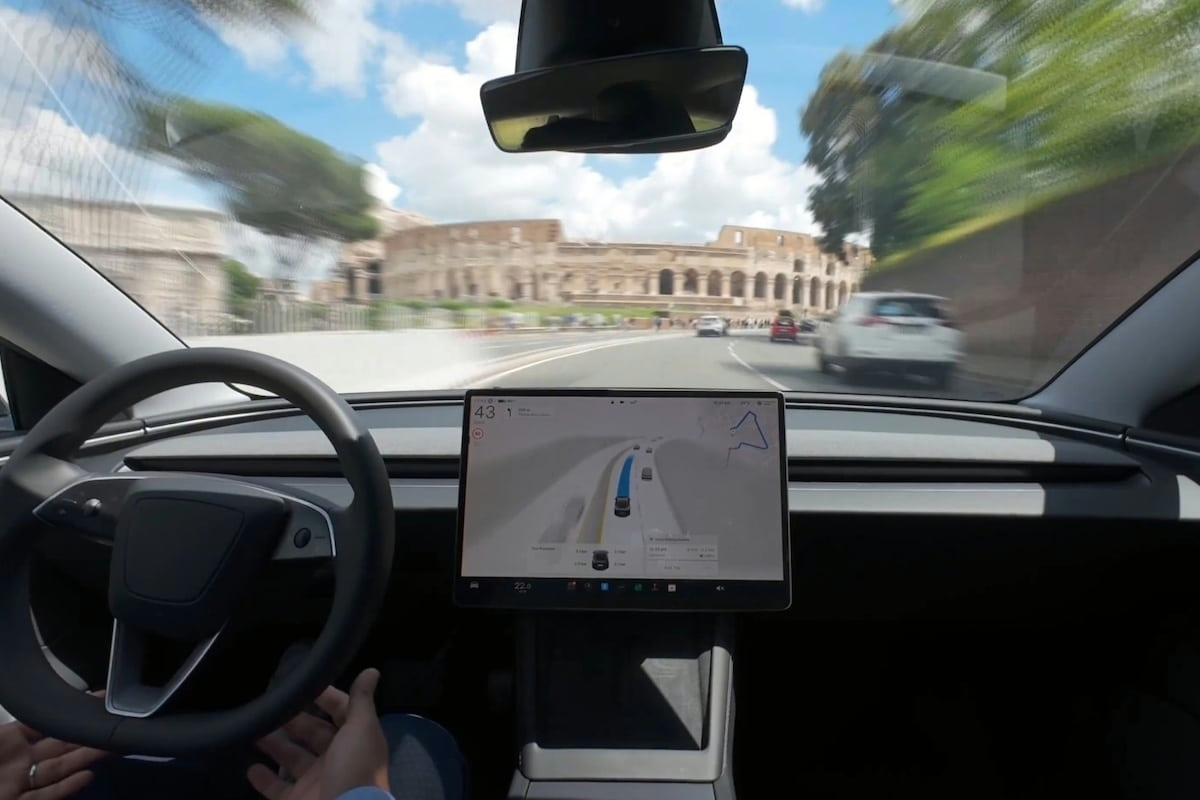Concerningly, Tesla’s Autopilot cannot recognize a fake wall!

No matter how much Tesla uses the best technologies and all available artificial intelligence, the choice of cameras raises questions.
Mark Rober, an inventor, former NASA engineer, and content creator with 64.8 million followers on YouTube, recently conducted a series of tests to evaluate Tesla’s Autopilot performance. The results are astonishing because during the test, the Tesla Model Y in Autopilot mode hit a painted wall designed to simulate an open road. This incident highlights the limitations of systems relying solely on cameras, compared to LIDAR sensors.
Unlike the vast majority of brands that combine cameras, radar, LIDAR, and ultrasonic sensors to develop their autonomous driving systems, Tesla relies solely on cameras. This controversial strategy has led the manufacturer to remove radars from current vehicles and disable those already installed. Despite this bold approach, Tesla’s driver assistance systems remain at level 2, far from the promised full autonomy.
Elon Musk, Tesla’s CEO, claims that this method will allow for quick and universal adaptation once autonomy is mastered. However, critics point out that cameras alone struggle in difficult conditions, such as fog or rain. During tests, the Model Y performed well against simple obstacles but failed in more complex situations like thick fog or heavy rain. Conversely, laser-based LIDAR detected obstacles accurately regardless of conditions.
The painted wall test also highlights camera limitations. Where LIDAR identifies the physical nature of obstacles, cameras can be fooled by visual illusions. This limitation raises questions about Tesla’s goal of level 5 autonomy, which has not yet been achieved.
Although Musk acknowledged that high-resolution radars would be superior to cameras alone, he persists with this strategy despite improvements and decreasing costs of LIDAR. Changing this position would involve huge costs for Tesla, especially in terms of updating already sold vehicles. However, it is increasingly clear that adding radars and LIDARs would significantly enhance system safety.
This page is translated from the original post "Inquiétant, l’Autopilot Tesla ne sait pas reconnaître un faux mur !" in French.
We also suggestthese articles:
Also read






